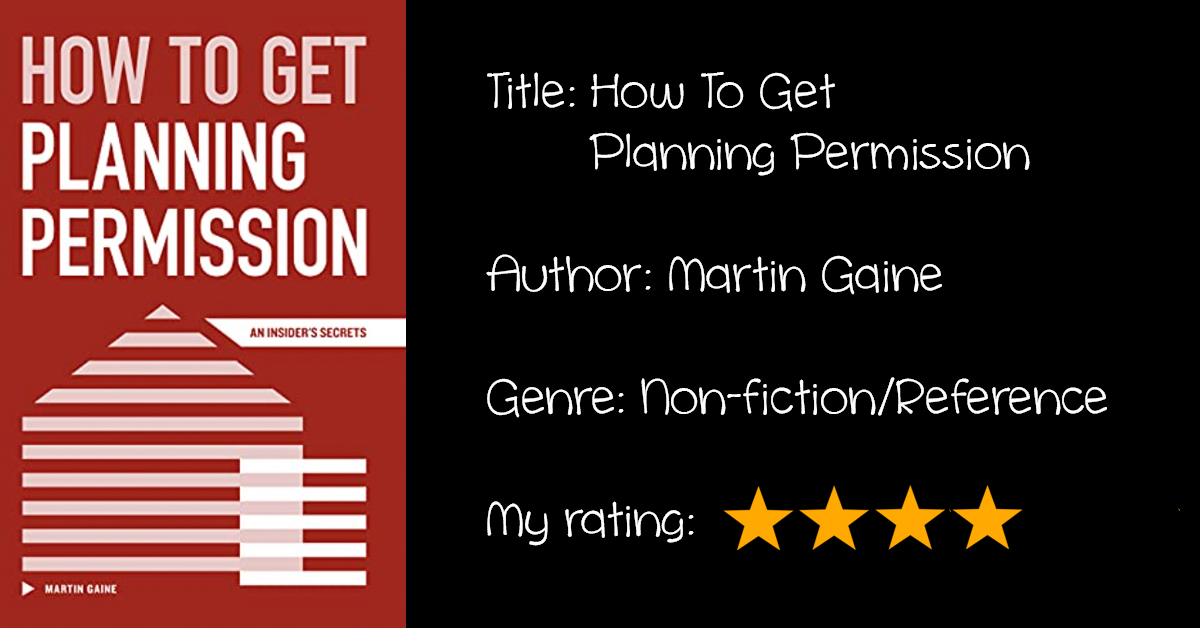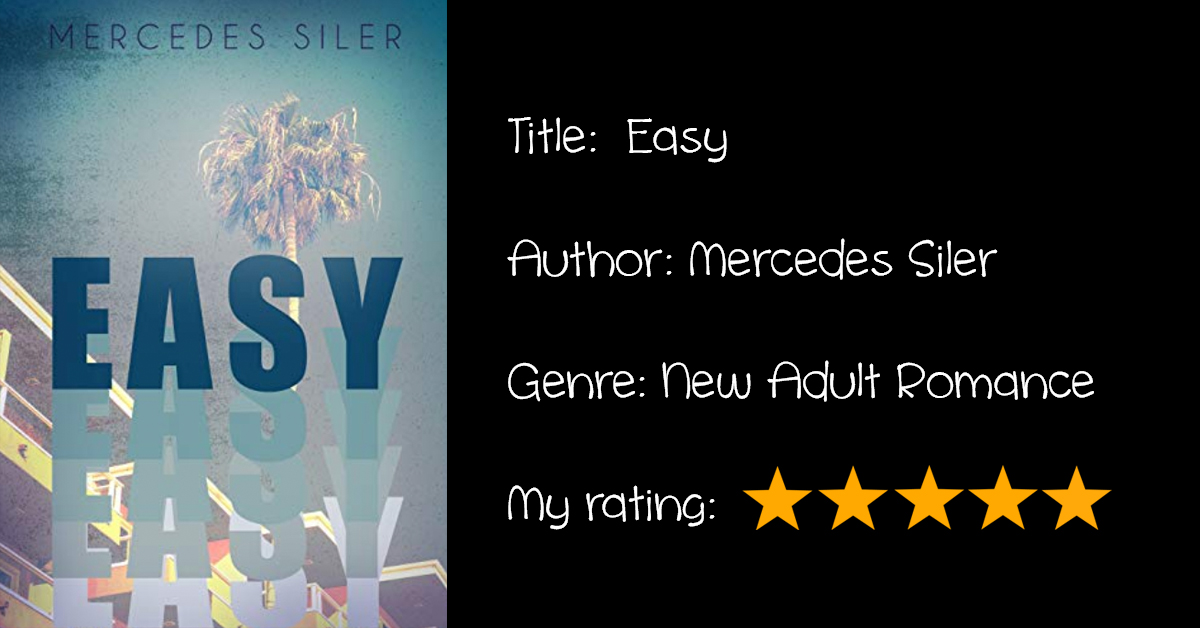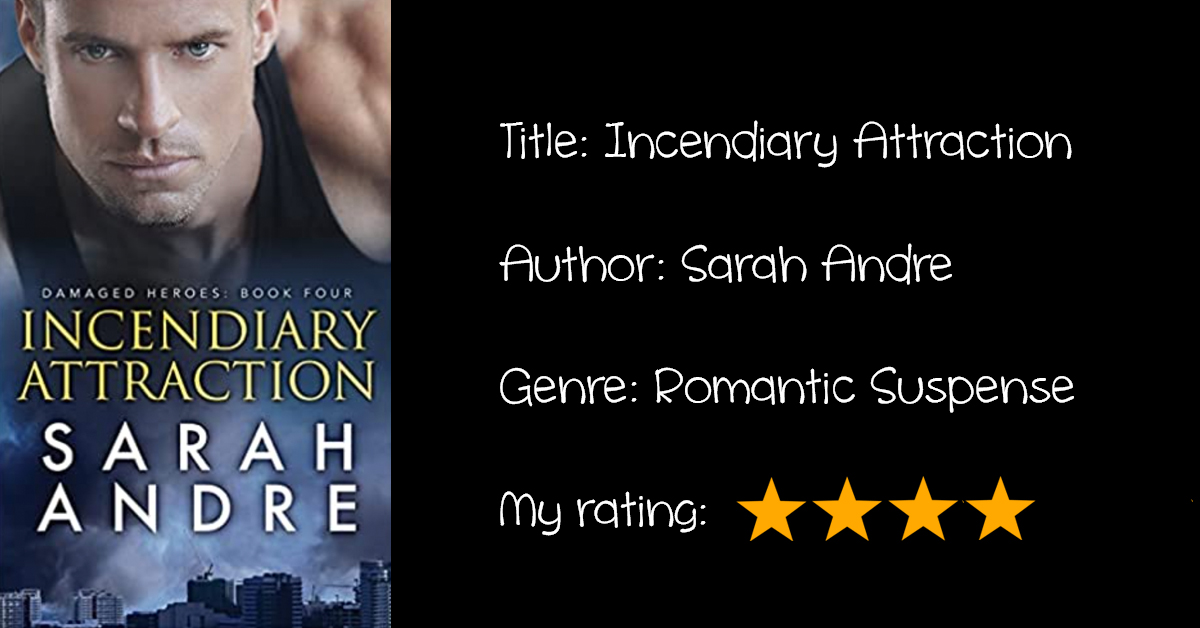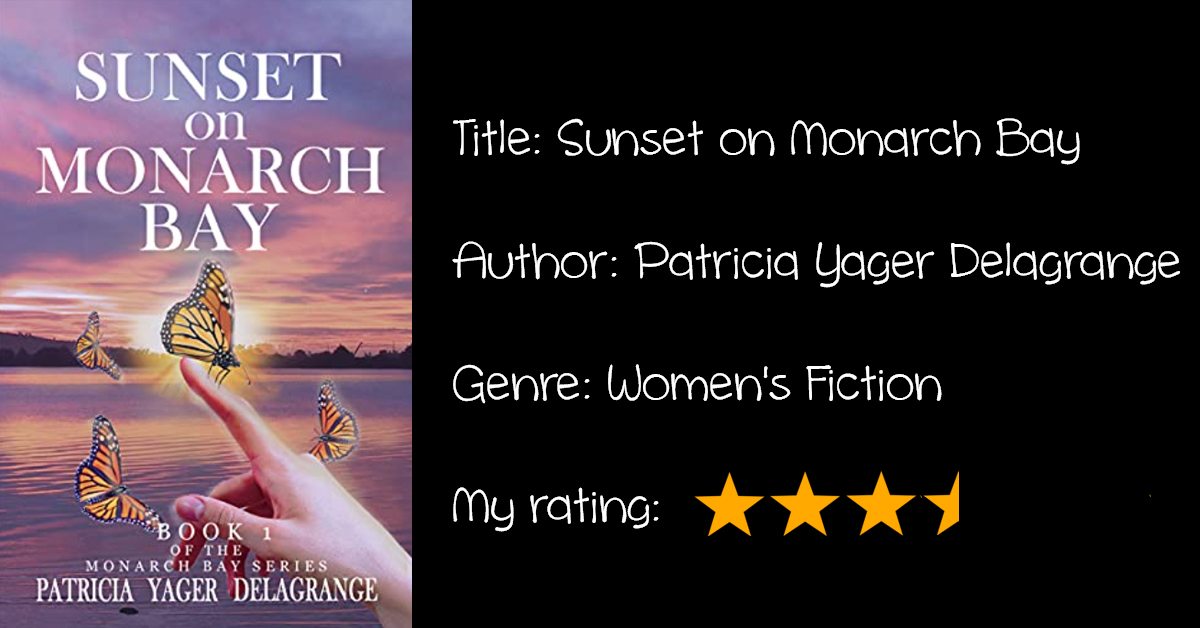Review: “How To Get Planning Permission: An Insider’s Secret”
A must-read reference guide for UK homeowners who want to build their dream home
This was my fifteenth book I chose via the Reedsy Discovery program, for which I am the single approved reviewer for this new book. While far from my usual genre, I chose it because I am interested in possibly purchasing property (and eventually extending it) in the UK within the next year, and I thought it would be good to have some of this information under my belt early in the game. This review also appears on Reedsy.
The Premise
Written by a chartered town planner and the chief executive of planning consultancy Just Planning, this book is a comprehensive guide aimed at empowering homeowners in their planning preparations for extensions to their home. Full of practical advice and real-life case studies, it tackles every aspect of the planning process, providing a 6-step programme that explains how to:
- Choose the right designer
- Exploit Permitted Development rights (where permission is not required at all)
- Understand how planning decisions are really made
- Apply tactically and effectively
- Deal with a refusal
- Avoid the agony of enforcement
The book demonstrates that planning can be complex and arbitrary, and gives advice on how best to circumnavigate the system to get the best result.
The Pros & Cons
This reference guide compiles advice, diagrams, and case studies to give homeowners a blueprint to doing an extension of their property. This is not intended for large-scale developers but the “humble homeowner” — the author left council planning to join “the dark side” to help those who were submitting weak applications, and being treated unfairly by the failing planning system with tricky loopholes.
The format is engaging, and concepts were explained for a layman, with the inclusion of a glossary for technical terms, and useful links to other content. There is a lot of practical advice provided, e.g. steps to locate a reputable designer via your local council’s website. It also explains the differences between a full planning application and “Permitted Development”, and that for controversial proposals, it might be worthwhile to apply for something you don’t really want, as a stepping stone to getting approval for what you do want.
It includes useful guidance about the appeals process, explaining the “abrogation of responsibility” or “planning by appeal” that planners are aware of, but homeowners do not understand and may not challenge if they do not have the necessary resources to pursue.
I also liked the nature of storytelling in the author’s voice, as it felt like a honest conversation rather than “reading a book” at times, for instance:
As a council planner, I decided the fate of thousands of extensions and other small-scale developments, cheerily stamping a big, red NO almost as often as a begrudging, green YES. I can tell you that planners do get a little thrill from their power to end homeowners’ dreams – it is sometimes the only perk of a job which gets a little samey, to put it mildly.
The main reason I was unhelpful was because I could be – there is no strong culture of public service and no repercussions for providing a generally poor service.
There’s pretty much everything you can imagine the book should cover — with a few cartoons thrown in for good measure. The diagrams showing the type of extensions were a great addition, and clearly outlined what the text was explaining. The only thing I would’ve loved to see more visually (as the advice is there in the text) was perhaps flow charts or maps (including timelines and roles) of the process, and documents to be armed with at each step. Also, though all the information was extremely useful, it is very detailed, and “humble homeowners” (the target audience) might be unlikely to read in such detail before beginning their applications (though they should!).
Conclusion
The author’s expert guidance adds even further creditability to his business — I was motivated to reach out to his company, and I would be inclined to hire him with the firm confidence that I’m in good hands. Though this is not my usual genre to read/review, I happened upon this book at a time when I was considering purchasing property in the UK, and as someone located abroad I thought it would be useful.
That said, I feel like I have gleaned a wealth of information here. I appreciate how clear and detailed the explanations were, as well as adding a human touch to show the planners’ side, as they feel sometimes that they are “holding back the tide of poor design”. Ultimately, as the author reminds us, “homeowners must do their own homework” — and with this book in hand, they should be more than prepared to do so. I highly recommend to anyone looking to apply for planning permission, as you will be doing yourself a disservice if you enter that minefield unprepared.








